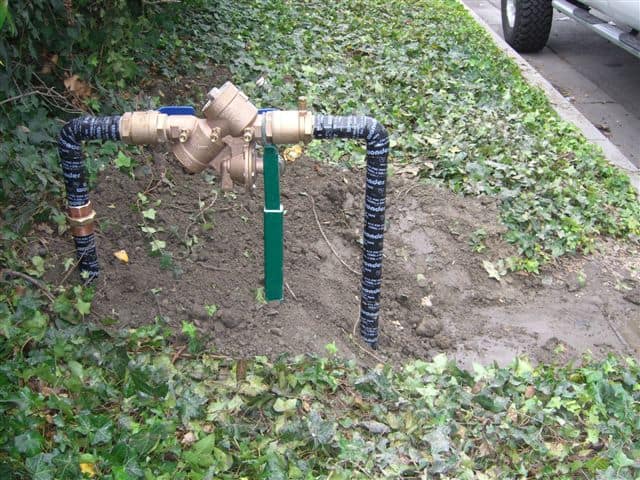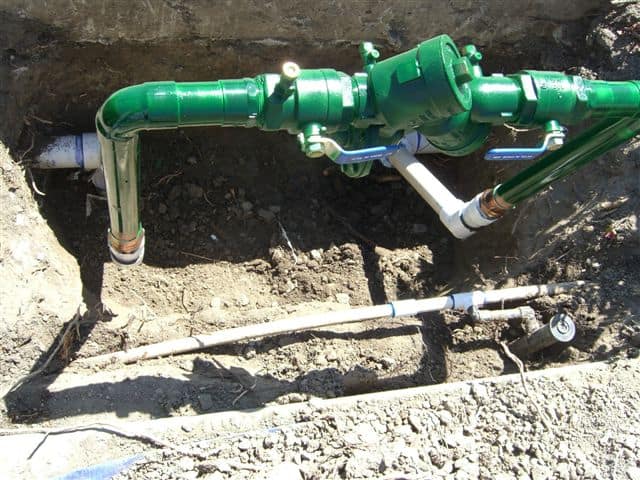In today’s world, sustainability has become a key consideration in almost every aspect of our lives. From renewable energy sources to eco-friendly transportation, people are increasingly looking for ways to reduce their carbon footprint and live in harmony with the environment. One often overlooked aspect of creating a sustainable home is green plumbing. In this article, we’ll explore the numerous benefits of green plumbing and how it can contribute to a more sustainable and eco-conscious living space.
What Is Green Plumbing?
Green plumbing, also known as eco-plumbing or sustainable plumbing, involves implementing practices and technologies that minimize water waste, reduce energy consumption, and decrease the environmental impact of plumbing systems in a home. The primary goal is to conserve resources and promote sustainability without sacrificing comfort or convenience.
The Benefits of Green Plumbing
- Water Conservation: One of the most significant benefits of green plumbing is water conservation. Traditional plumbing systems can be incredibly wasteful, with water leaks and inefficient fixtures leading to substantial water losses. Green plumbing employs high-efficiency fixtures, such as low-flow toilets and faucets, as well as advanced leak detection systems, to significantly reduce water consumption. This not only saves money on water bills but also helps conserve this precious resource.
- Energy Efficiency: Green plumbing also contributes to energy efficiency. Hot water production accounts for a significant portion of a home’s energy consumption. By installing energy-efficient water heaters and optimizing hot water distribution systems, green plumbing reduces energy usage and, consequently, greenhouse gas emissions. Tankless water heaters and solar water heating systems are excellent examples of energy-efficient solutions.
- Reduced Chemical Usage: Traditional plumbing often relies on harsh chemicals to clean and maintain pipes. These chemicals can be harmful to the environment and, in some cases, even to human health. Green plumbing emphasizes non-toxic, biodegradable, and environmentally friendly alternatives for cleaning and maintenance, ensuring that harmful chemicals don’t end up in the water supply.
- Improved Indoor Air Quality: Green plumbing can indirectly enhance indoor air quality. By reducing the use of toxic chemicals and preventing water leaks that can lead to mold growth, it creates a healthier living environment. Improved air quality is especially crucial for individuals with respiratory issues or allergies.
- Long-Term Cost Savings: While the initial investment in green plumbing technology may be higher, the long-term cost savings are substantial. Water-efficient fixtures reduce water bills, energy-efficient systems lower energy costs, and the reduced need for plumbing repairs and maintenance saves money in the long run.
- Resale Value: A sustainable home with green plumbing features is often more attractive to potential buyers. As environmental awareness grows, more homebuyers are seeking properties that are eco-friendly and energy-efficient. Green plumbing can increase the resale value of your home and make it stand out in a competitive real estate market.
- Environmental Impact: Perhaps the most critical benefit of green plumbing is its positive impact on the environment. By conserving water and energy, reducing chemical usage, and minimizing waste, green plumbing significantly reduces a home’s carbon footprint. This contribution to environmental sustainability is a responsible and ethical choice for homeowners.

Implementing Green Plumbing in Your Home
To reap the benefits of green plumbing, you can take several steps:
- Upgrade Fixtures: Replace old, water-wasting fixtures with high-efficiency models. Look for the WaterSense label on products, which indicates they meet water-saving standards.
- Insulate Pipes: Properly insulate your plumbing pipes to prevent heat loss and save energy when heating water.
- Regular Maintenance: Schedule regular plumbing maintenance to detect and address leaks promptly.
- Install a Water Filtration System: A water filtration system can improve water quality and reduce the need for chemical cleaning.
- Consider Alternative Water Sources: Explore rainwater harvesting systems and greywater recycling to reduce reliance on municipal water supplies.
- Consult a Professional: Consult with a professional plumber experienced in green plumbing to assess your home’s specific needs and recommend sustainable solutions.
In conclusion, green plumbing is not just a trend; it’s a responsible choice for homeowners who care about sustainability and the environment. By implementing eco-friendly plumbing practices and technologies, you can enjoy numerous benefits, from lower utility bills to a reduced environmental footprint. Make the switch to green plumbing today, and you’ll not only contribute to a more sustainable future but also enjoy a more comfortable and cost-effective home. Visit berkeys.com/perot-museum-of-nature-and-science-dallas/ where you will find lots of useful tips and ideas about green plumbing.


